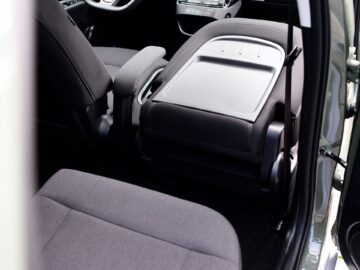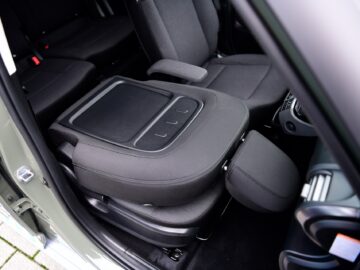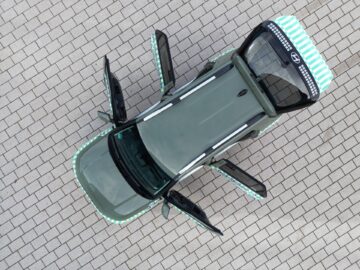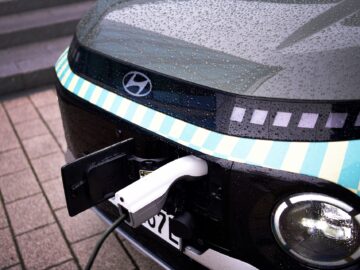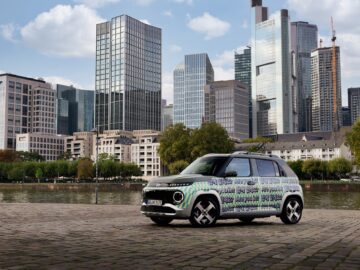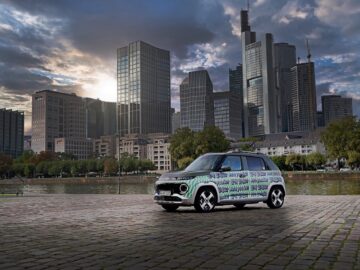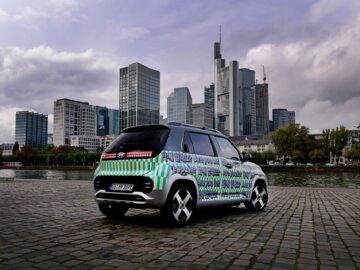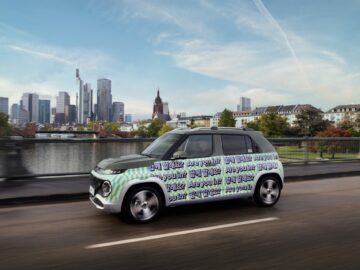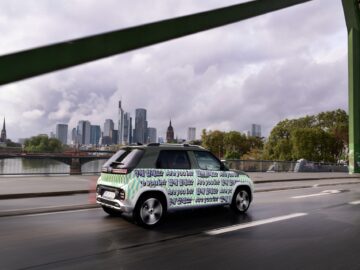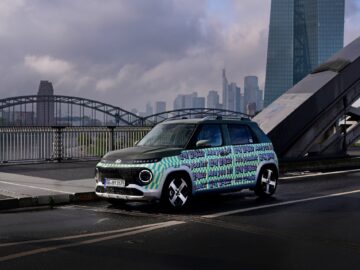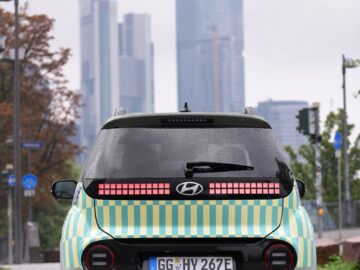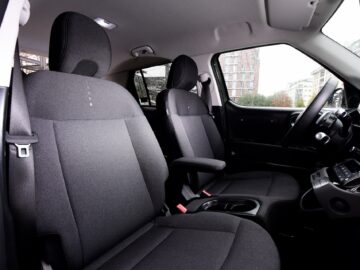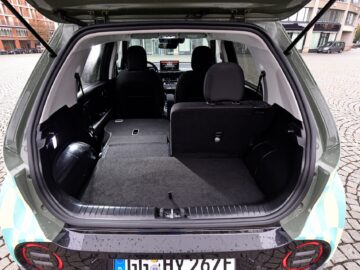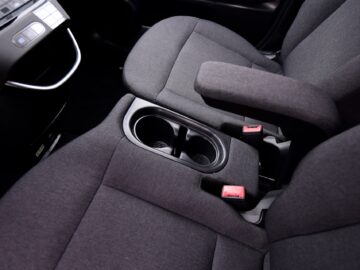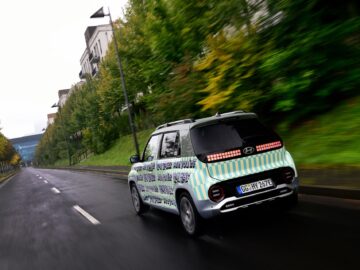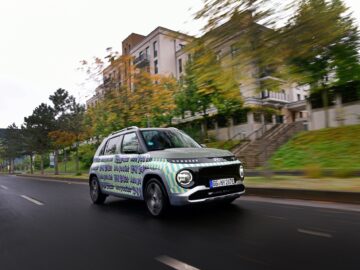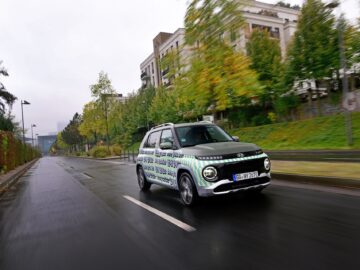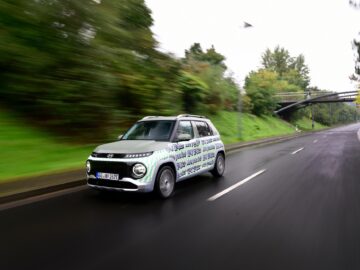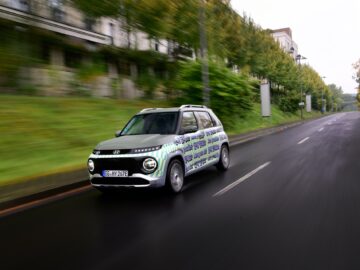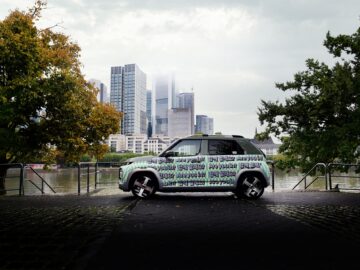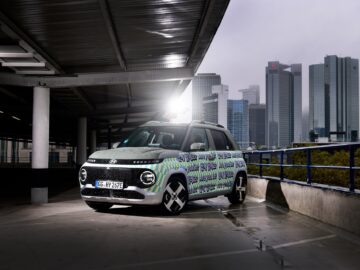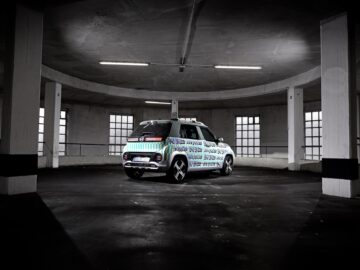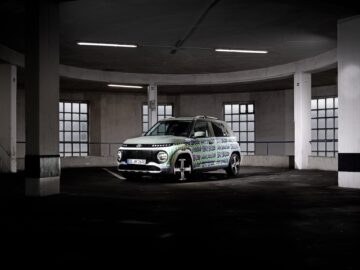Review – Hyundai Inster (2024), first driving impression electric city car
Hyundai Inster, a pleasant surprise
Those darn Koreans … every time you think they can’t surprise you again, they pull a pleasant surprise out of the hat. They surprised with the i10 (for years the best city car in the Netherlands), the Kona (one of the first affordable EVs), the Ioniq 5 (cool retro-EV) and the Ioniq 6 (super-aerodynamic EV) and now there is the Hyundai Inster. Small, spacious, loaded with all sorts of technological gadgets befitting a modal mid-size car and blessed with driving characteristics a larger SUV would envy. In short, a small EV with big deeds, or to stay in Hyundai terms: a Santa Fe in pocket size.
Distinctive
There is no arguing about taste. You either like it or you don’t, or – if you haven’t figured it out yet – somewhere in between. Hyundai has done its best to build a distinctive, small electric car and has more than succeeded. Today, however, we are curious to see what it can do, how it sits, who and what you can put in it, and whether it drives a little. So we get on board with four adults for a first driving impression.
Driving characteristics Hyundai Inster
The exuberant stickers on the outside of the Hyundai Inster make it unambiguously clear that this is a prototype. However, that does not detract from the driving characteristics of the little electric car. The small Hyundai drives surprisingly comfortable. Behind the wheel you almost imagine yourself in a larger SUV and the same goes for the enjoyment of sitting in the back seat.
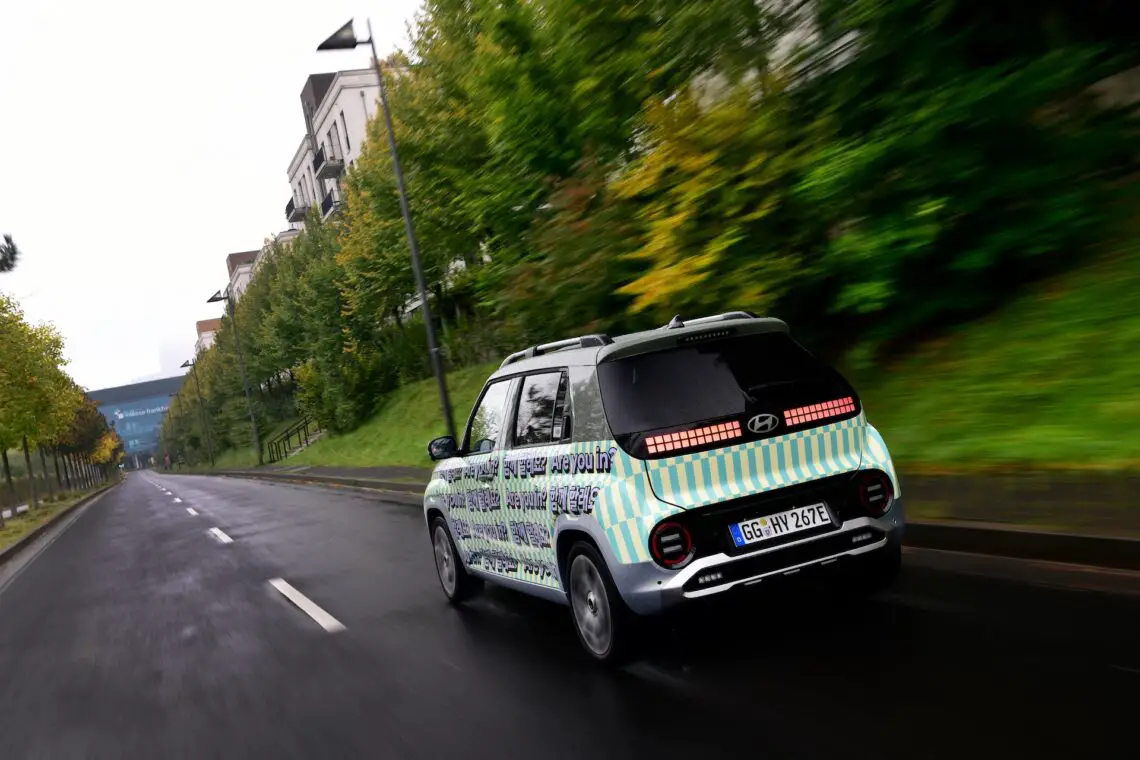
Plenty of legroom
Our two passengers – 1.80 meters plus, clean on the hook – have plenty of legroom and the distance from crown to ceiling is also generous. Thanks to the flexible rear seat that you can slide over a distance of 16 centimeters and whose backrest can also be adjusted in various positions. So you can choose either more luggage space or – in our case – more legroom and headroom. That is quite special, especially in this (price) class.
Stable road holding
Lots of legroom means little luggage space; now, a small EV requires compromises. So we just cram some hand luggage in the trunk and hit the road. As expected, the generous wheelbase of 2,580 mm pays off immediately. The wheels are on the corners of the car, which makes for remarkably stable handling both in corners and at higher speeds, making the Inster feel solid and confident. The suspension is tight but comfortable, and even on poor road surfaces the Inster remains calm and controllable. That we hear a small creak here and there we take for granted. After all, it is a prototype.
Sufficient acceleration
The relatively modest 71.1 kW (97 hp) electric motor combined with the 42 kWh battery pack that comes standard with the Hyundai Inster provides sufficient acceleration for normal use. From standstill, the car pulls up smoothly and smoothly, and once on the road, enough power is available for overtaking or merging onto the highway. There is no shortage of safety systems in the Inster. From autonomous lane assistance LFA and LKA to adaptive cruise control and speed sign recognition (ISLA), the little Hyundai has it all. Rest assured: in the production version, there’s a lot you can take off too, should you find all those beeps annoying.
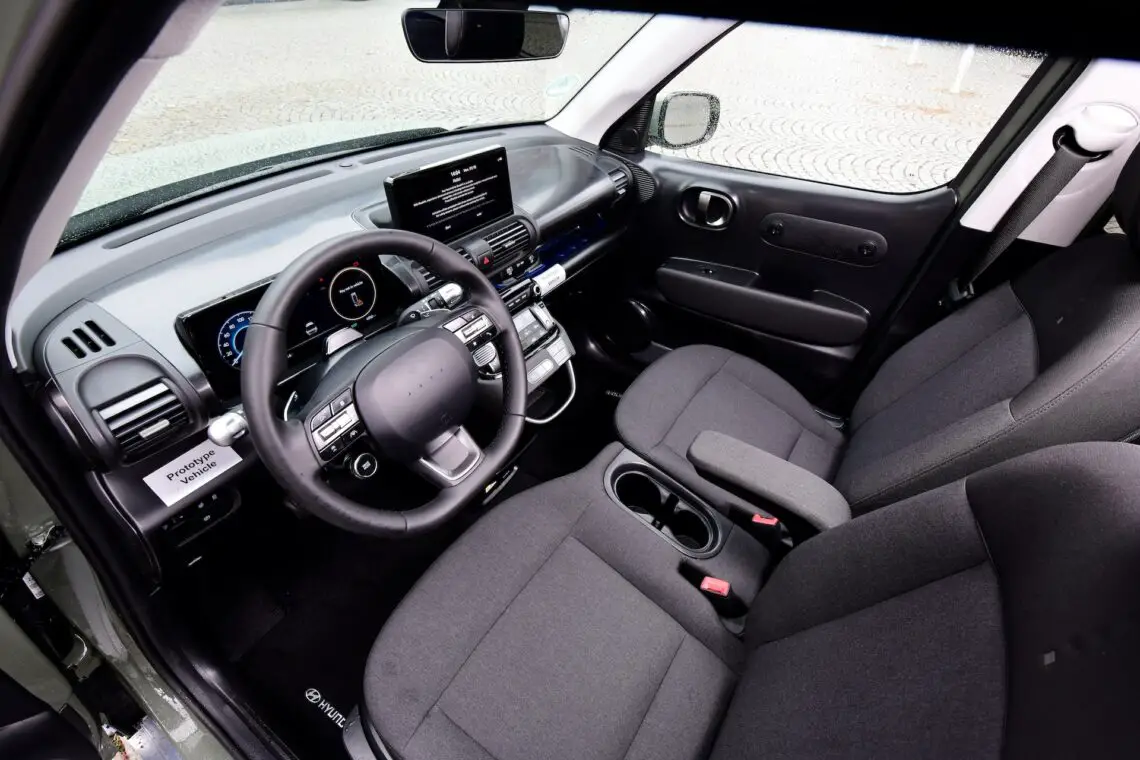
Power and torque
In addition to the Inster with 42 kWh battery pack, you can also choose the Inster with 49 kWh battery pack (Long-Range). That, like the standard version, is powered by a single electric motor, but produces slightly more power: 84.5 kW (115 hp). Torque is the same for both versions, 147 Nm, and while that doesn’t make for overtly sporty performance, you always feel like you have enough power. More than enough, in fact.
Driving range Hyundai Inster
Charging is lightning fast: from 10 to 80% in just 30 minutes at a fast charging station. The range varies from 305 km to 355 km, depending on the battery chosen. The Hyundai Inster also comes standard with an 11 kW 3-phase on-board charger. Its range (according to WLTP) is up to 327 km on a single charge for the version with 42 kWh battery pack. In the Inster with 49 kWh battery pack, the driving range is up to 370 km (WLTP).
What does it cost, such a Hyundai Inster?
The starting price of the Hyundai Inster is 24,295 euros. That still excludes SEPP subsidy in 2024, should you buy the car privately. With that subsidy, the starting price drops to 21,345 euros. For that money, you get a very mature compact electric city car. With Hyundai Business Lease, the Inster comes from 274 euros per month, excluding VAT (72 months/5,000 km/yr.). The private lease rate is from 334 euros per month, including VAT (72 months/5,000 km/yr.).
The Inster is available with a choice of three versions: E-Motion, Pulse and Evolve (Sky).
The E-Motion is available with either the 42 kWh or the 49 kWh battery package; the Pulse and Evolve (Sky) are available only with the 49 kWh battery package.
Equipment E-Motion
The standard E-Motion version is already pretty packed with goodies, think a 10.25-inch Multimedia screen with navigation, an In-Cabin Driver Camera, fully automatic air conditioning and cruise control with Stop & Go function. The car also has standard features:
- 15-inch steel wheels with 185/65 R15 tires
- Heated rear window
- Aeroblade windshield wipers
- Electric folding and heatable exterior mirrors
- LED daytime running lights
- Front charging port
- Light tinted windows front and rear
- 11 kW on-board charger
- Fully automatic air conditioning
- Central door locking with smartkey and start button
- Electric windows
- Switch paddles for regenerative braking system
- Shift-by-wire column behind the steering wheel
- Full digital instrument panel (10.25 inches)
- Apple CarPlay & Android Auto
- DAB+
- Navigation
Conclusion first driving impression Hyundai Inster
Well, the Hyundai Inster is a car to keep an eye on. It is compact, but drives like a higher-end car. In addition, it is one of the roomiest compact city cars you can buy, with the prototype driven also showing very mature handling. With that, the Inster makes a very positive first impression.
Hyundai INSTER: small EV with mature specifications! – WALKAROUND – AutoRAI TV

